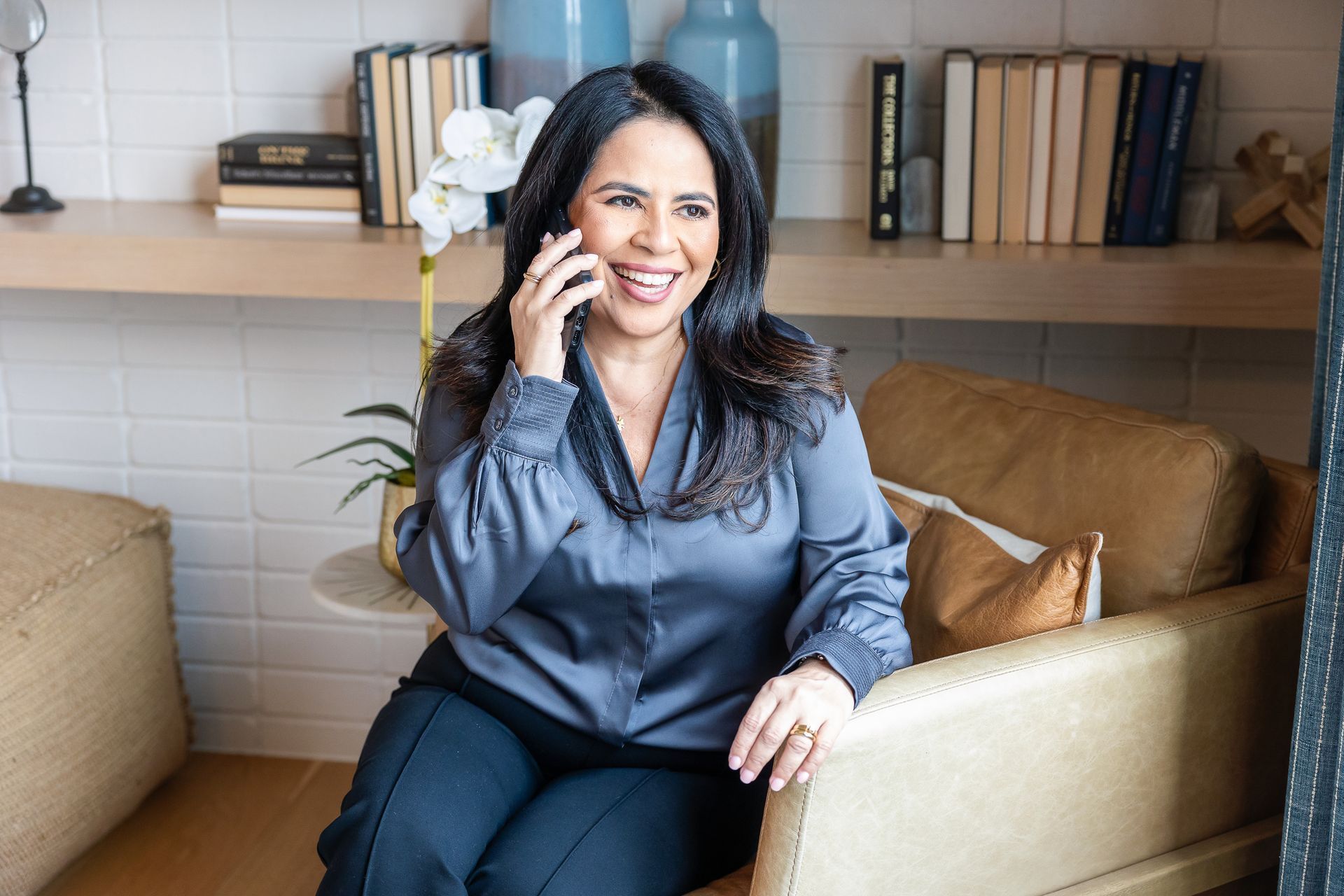Shopping Estate Sales or Antique Stores? Here’s How to Score Quality Furniture
Dallas designers share the brands and manufacturing styles they always look out for.
When it comes to furnishing your home, the most important thing is to find pieces that truly speak to you. But right behind that is quality—especially if you want to fill your space with timeless pieces you’ll keep for years.
If you’re looking for a reason to explore thrift stores, antique shops, or vintage markets, here’s a good one: older furniture is often made better than the mass-produced, ready-to-ship items sold today. But not all vintage is created equal. To find heirloom-worthy pieces, it helps to know which brands and construction styles stand the test of time.
How to Identify High-Quality Secondhand Furniture
Kim Armstrong of Kim Armstrong Interior Design, a devoted shopper of vintage and antique furniture, shares a few insider tips for spotting a quality piece.
For wooden furniture, solid wood construction is a major sign of durability. “Open the piece up—definitely pull out the drawers, check the back of it,” Armstrong advises. “If you see pressed particleboard, the whole item is probably not great quality.”
Also check the joints—how the furniture pieces are connected. Dovetail and mortise-and-tenon joints are clear indicators of good craftsmanship. (A quick online search will give you visuals if you’re unfamiliar.)
When it comes to upholstered pieces like chairs, Armstrong recommends pressing on the arms to feel the frame. If you can feel it through the padding, the upholstery might be lower quality. Luckily, an upholsterer can replace cheap or worn padding and recover the piece in fresh fabric.
Don’t be discouraged if a vintage find needs some work. “We often source antiques that need repairs,” says Zara Taitt, Director of Interior Design and Executive of Operations at Jan Showers & Associates, a Dallas-based firm with a curated vintage shop. “We have specialized workrooms in Dallas that handle everything—wood, metal, glass, lighting.” Just keep in mind: restoration can add to the overall cost.
Still, not every imperfection needs fixing. Scratches and signs of wear are expected with antiques. “I love that rubbed, lived-in look,” Armstrong says. “That’s very different from a chunk missing from the piece.” Small nicks and imperfections often enhance character. Structural damage, like rotting or split wood, is another story—and usually easy to spot upon inspection.
Vintage Brands Worth Knowing
Just like fashion, furniture made by known designers carries a certain prestige—and often, a guarantee of quality. You can usually find the maker’s name printed discreetly inside a drawer or under a seat cushion. Look on the back, base, and sides for identifying marks.
Here are some of Armstrong’s favorite vintage brands to watch for—whether you're browsing in-store or online platforms like Facebook Marketplace. (Tip: Use these names as search terms to help uncover high-quality treasures. Even if you’re not buying an original Milo Baughman piece, you might find something with a similar aesthetic.)
- Baker Furniture: Known for introducing international styles during the midcentury era, including the famous Far East and Danish Modern collections.
- Ferrell Mittman: Originally Lewis Mittman, this brand dates back to the 1950s and is still active today, known for its durable, high-end offerings.
- Henredon Fine Furniture: A respected name that partnered with icons like Dorothy Draper and Frank Lloyd Wright.
- Henry Link: Popular from the midcentury through the 1980s, known for its Bali Hai wicker and faux bamboo collections, as well as Country French designs.
- Hickory Chair Furniture Co.: This century-old company has worked with top designers like Suzanne Kasler and Alexa Hampton to create elegant, high-quality pieces.
- John Widdicomb: Though no longer in business, this American maker produced chinoiserie and midcentury pieces that now sell for high prices.
- Milo Baughman: A legendary 20th-century designer, known for modernist furniture with exposed chrome or steel frames.
- Eero Saarinen: The Finnish-American modernist behind iconic designs like the tulip chair and table—favorites among midcentury fans.
International Icons to Watch For
Zara Taitt sources pieces for Jan Showers & Associates during frequent buying trips to Europe alongside firm founder Jan Showers. Their most sought-after items? Eye-catching bars and buffets—like an Italian bar with parchment inlays, recently featured in a room designed by Showers at the Kips Bay Decorator Show House.
Some of their favorite designers include:
- Jean Royère: The French designer behind the iconic Polar Bear sofa with its soft curves and bold shape.
- Jacques Adnet: Known for leather-covered furniture and Art Deco influence.
- Maison Jansen: A historic Parisian firm that operated for nearly 100 years and produced highly collectible furniture.
- Gio Ponti: A celebrated Italian architect whose sleek modern designs are often imitated.
- Ico & Luisa Parisi: The husband-and-wife team behind a broad range of Italian modernist designs.
- Osvaldo Borsani: A midcentury master with work housed in the Museum of Modern Art.
While these names are valuable, Taitt notes that a piece’s overall presence is what truly matters. “We’re less concerned with name recognition and more interested in how the piece feels in a space. Does it hold presence? Does it have integrity in form and finish?”
Source: Dallas News

















